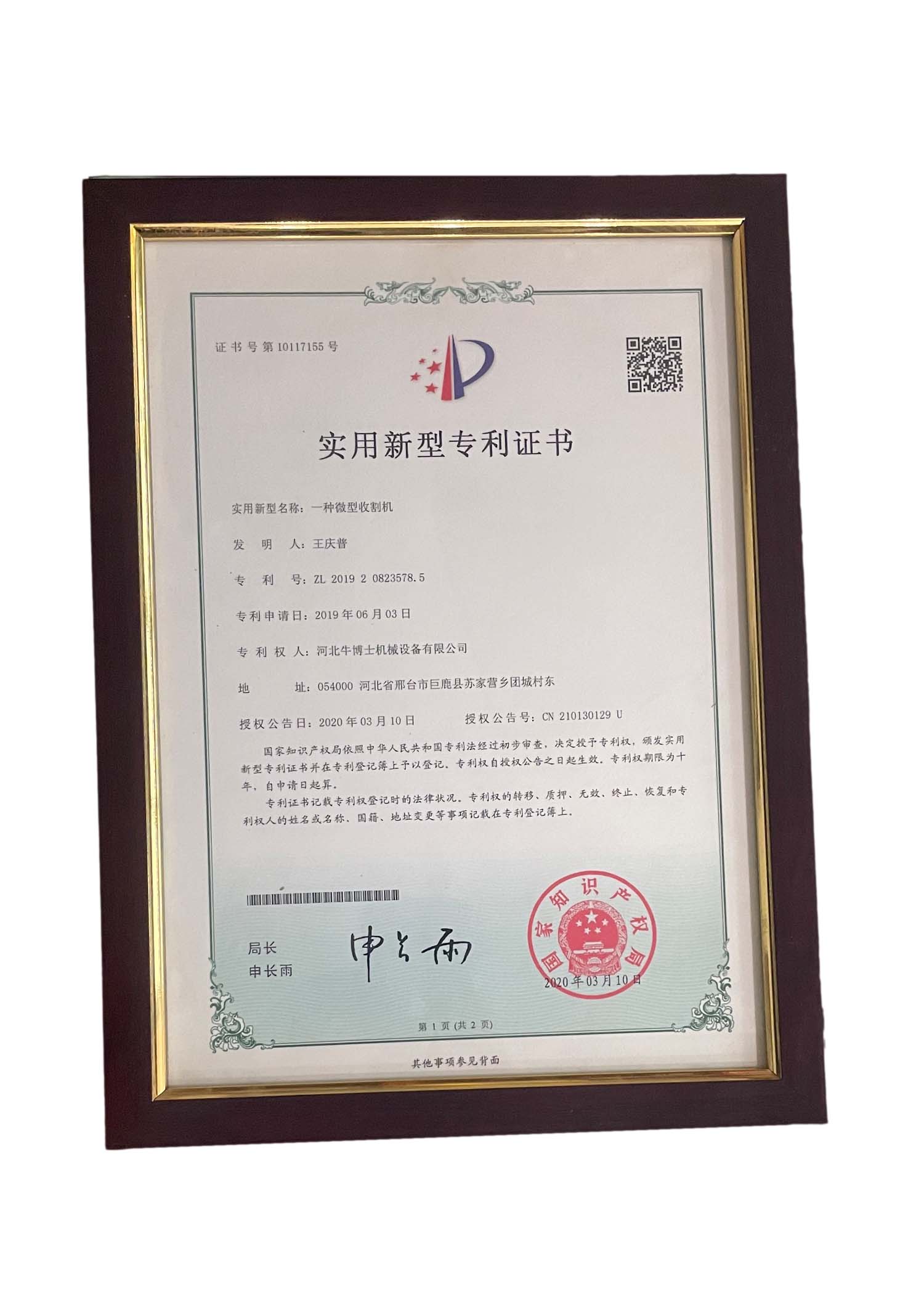Innovative Techniques for Efficient Harvesting of Corn Stalks Using Windrowing Equipment and Methods
The Importance of Corn Stalk Windrowers in Modern Agriculture
Corn is one of the most widely cultivated crops in the world, and its versatility has made it a staple in various industries, from food to biofuels. As farmers look for efficient ways to manage their corn harvest, the corn stalk windrower has emerged as an essential tool. This agricultural implement plays a critical role in post-harvest management, offering a range of benefits that enhance productivity and sustainability.
What is a Corn Stalk Windrower?
A corn stalk windrower is a specialized piece of equipment designed to gather and organize corn stalks after the harvest. Its primary function is to cut the stalks and lay them in orderly rows or windrows, making it easier for subsequent processes, such as baling or further decomposition. This machine can significantly streamline the workflow on a farm, saving time and labor costs while maximizing efficiency.
Benefits of Using Corn Stalk Windrowers
The adoption of corn stalk windrowers brings numerous advantages to farmers. Firstly, the windrower aids in better crop residue management. By neatly organizing the stalks, farmers can prepare the fields for tilling or cover cropping, thereby promoting healthy soil health and reducing erosion. Furthermore, the organized layout allows for easier access to the stalks, whether for animal bedding, mulch, or even for use in biomass energy production.
Secondly, the use of windrowers can help enhance nutrient recycling within the farm ecosystem. Instead of leaving the residual stalks scattered across the field, which may lead to increased pest problems and diseases, the windrowed stalks can be easily incorporated back into the soil. This practice enriches the soil as organic matter decomposes, returning valuable nutrients to the land and reducing the need for synthetic fertilizers.
corn stalk windrower

Operational Efficiency and Labor Savings
In today's fast-paced agricultural sector, efficiency is paramount. The corn stalk windrower reduces the amount of manual labor needed to clear the fields after harvest, which is especially beneficial for larger operations. These machines are typically equipped with advanced technologies that enable them to work faster than traditional methods, allowing farmers to focus on other critical aspects of their operations. This efficiency not only saves time but also minimizes labor costs, making farming more profitable.
Environmental Considerations
As sustainability becomes an integral part of farming practices, corn stalk windrowers contribute positively to environmental stewardship. By facilitating the proper management of crop residues, these machines help reduce greenhouse gas emissions associated with open burning of organic waste. Moreover, by improving soil structure and fertility through the incorporation of organic matter, windrowers support sustainable farming practices that align with modern ecological standards.
Conclusion
In summary, corn stalk windrowers play an indispensable role in contemporary agriculture, providing a range of benefits from improved efficiency and labor savings to enhanced environmental sustainability. As farmers continue to seek ways to optimize their operations and minimize their ecological footprint, the adoption of windrowers will likely become even more widespread. Investing in this technology not only prepares farms for the future of agriculture but also ensures the longevity and health of the soil that supports our food systems. The corn stalk windrower is, therefore, more than just a piece of equipment; it is a crucial ally in the pursuit of sustainable and productive farming.
Latest news
-
When to Upgrade Your Old Forage HarvesterNewsJun.05,2025
-
One Forage Harvester for All Your NeedsNewsJun.05,2025
-
Mastering the Grass Reaper MachineNewsJun.05,2025
-
How Small Farms Make Full Use of Wheat ReaperNewsJun.05,2025
-
Harvesting Wheat the Easy Way: Use a Mini Tractor ReaperNewsJun.05,2025
-
Growing Demand for the Mini Tractor Reaper in AsiaNewsJun.05,2025







